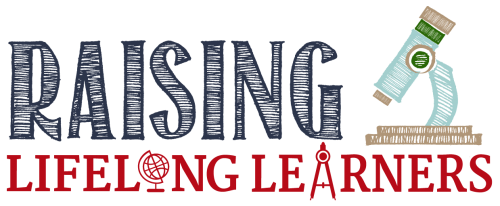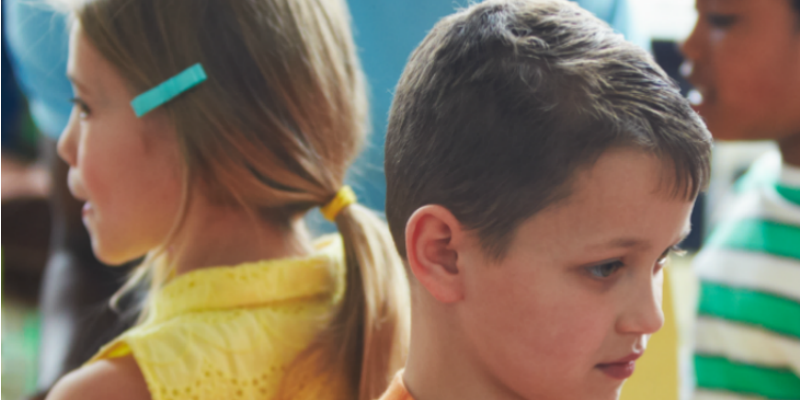Why Create Multiage Learning Environments?
I came into the world of homeschooling unexpectedly, but I’ve since become an advocate for homeschooling gifted children, and love learning about new ways to meet the needs of smart kids. Because of that, I’m thrilled to bring you a guest post from Jade Rivera, a wonderful advocate for gifted kids and their families, and the author of a new book about creating a microschool to personalize your child’s learning.
Dr. Lillian Katz, a notable scholar on early childhood education, is famous for saying, “Although humans are not usually born in litters, we seem to insist that they be educated in them.”
It’s a compelling point.
When grouped by age, the plot line of abilities, sophistication, and temperaments of children is scattered. When you add in a few asynchronously developing children, the plotted trend is practically indecipherable. (Lest we forget, all of those scattered attributes come from real children who deserve an education that works for them.)
What is an educator to do? How can she ensure that each child in her classroom receives an appropriate level of challenge on a regular basis?
Administration willing, she can group children by ability and temperament rather than age (and I don’t mean just combining second and third grade). I’d like to see more educators given the freedom to talk with and assess each child so they may place the children in groups with others who will “get them”, challenge them, and support them.
To be very clear, I am not talking about segregating children with unexpected or disruptive behaviors. That would only make things worse for everyone. It’s a fine line, so it’s critical to have oversight from your collaborators when making the choice of where to place each student.
Creating intentional, multiage learning environments should be a gentle process that takes into account who the child is, as well as what they want and need. This is key when creating a learning environment that values both equality and equity. It takes a level of openness and willingness that will enrich the lives of everyone involved.
Below are a few questions I try to answer when designing learning environments for gifted and twice-exceptional children:
- Does the child exhibit extroverted or introverted traits?
- How much does the child need to move during the day?
- Where is the child at in terms of abilities in language arts and math?
- Who has the child connected with most in our community?
Can you see how considering these questions could lead to a more effective and harmonious learning environment? Reflecting on these points for each child can ensure that children are given the opportunity to learn with true peers rather than mere age-mates.
Now, consider this: people are always claiming that children need to learn what it’s like to live in the real world. And while this quip is problematic in a number of ways, you can’t deny that learning in a multi-age classroom is much more like the real world than the alternative.
If you’d like to learn more about how I design innovative learning environments for outlier children, take a look at my book, Micro-Schools: Creating Personalized Learning on a Budget.
Interested in building your own micro-school? Check out the Build Your Micro-School Summer Institute!
Jade Rivera specializes in designing learning environments for neurodivergent children. Her training in Nonviolent Communication and her Montessori credential inspire her educational philosophies and practices. Jade was recently recognized for her distinguished service by the California Association for Gifted Children.






